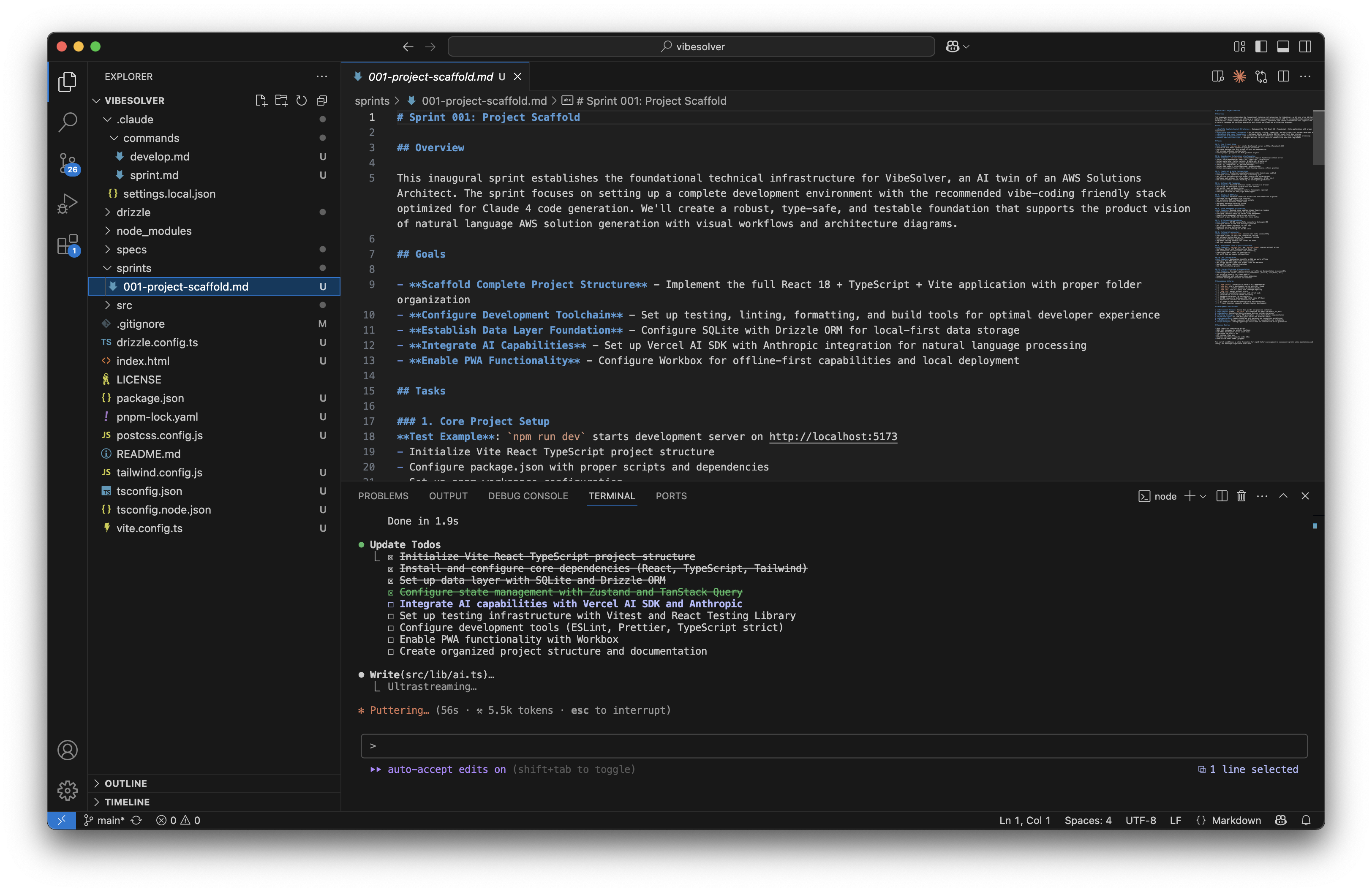
Lean AI Stack Selection: Complete Technology Foundation Guide
Scroll to explore
This comprehensive guide has been split into focused articles for better readability and implementation. Each part covers specific aspects of building AI-optimized technology foundations that accelerate development while maintaining production quality.
Complete Stack Selection Guide
This content has been reorganized into three focused articles:
🎨 AI-Friendly Frontend Architecture
Master frontend architecture patterns optimized for AI development, featuring React, TypeScript, and modern UI frameworks. Covers:
- React + TypeScript foundation for AI applications
- Component architecture patterns for AI interfaces
- State management with Zustand for AI workflows
- UI component libraries optimized for AI interactions
- Performance optimization for AI-powered UIs
- Integration patterns with AI services
🛠️ AI Development Tools & Infrastructure
Build robust development infrastructure optimized for AI applications, featuring CI/CD pipelines, testing frameworks, and deployment strategies. Covers:
- AI service architecture and integration patterns
- FastAPI backend with AI service management
- Comprehensive testing strategies for AI applications
- CI/CD pipelines for AI-powered applications
- Docker configuration for AI workloads
- Monitoring and observability for AI services
⚡ Technology Stack Optimization
Optimize your AI technology stack for performance, cost-efficiency, and scalability with proven strategies for technology selection and system optimization. Covers:
- Technology selection criteria for AI applications
- Performance optimization strategies
- Cost management and budget controls
- Scalability planning and implementation
- Database optimization for AI workloads
- Infrastructure cost optimization
Why This Split Approach?
Each article focuses on specific expertise areas:
- Frontend Architecture: UI patterns and user experience optimization
- Development Infrastructure: DevOps, testing, and deployment strategies
- Stack Optimization: Performance, cost, and scalability considerations
This organization allows teams to:
- Focus on their specific role and responsibilities
- Reference targeted guidance without reading entire guide
- Implement improvements incrementally
- Share relevant sections with specialized team members
Technology Stack Comparison
| Stack Type | Best For | Complexity | Cost | Scalability |
|---|---|---|---|---|
| Lean Startup | MVPs, prototypes | Low | Low | Medium |
| Enterprise Production | Large-scale apps | High | High | Unlimited |
| Hybrid Cloud | Growing applications | Medium | Medium | High |
Implementation Roadmap
Phase 1: Foundation (Weeks 1-2)
- Set up frontend architecture with React + TypeScript
- Implement basic AI service integration
- Configure development tools and CI/CD
Phase 2: Optimization (Weeks 3-4)
- Add performance monitoring and optimization
- Implement cost controls and budget management
- Set up comprehensive testing framework
Phase 3: Scaling (Weeks 5-6)
- Configure auto-scaling and load balancing
- Optimize database performance for AI workloads
- Implement advanced monitoring and alerting
Integration with Trenddit Ecosystem
All three approaches work together as part of the Trenddit automation platform:
Trenddit Memo Synergy:
- Unified Architecture: Consistent technology choices across all products
- Shared Components: Reusable AI interface patterns and components
- Cross-Platform Performance: Optimized patterns work across web and browser extension
- Cost Optimization: Shared infrastructure and optimization strategies
Ecosystem Benefits:
- Technology Standardization: Consistent stack decisions across all projects
- Shared Learning: Architecture patterns and optimizations transfer between products
- Cost Efficiency: Unified infrastructure and shared resources
- Developer Experience: Familiar patterns accelerate development across teams
Key Technology Decisions
Frontend Layer
- React + TypeScript: Excellent AI tool support and component patterns
- Tailwind CSS: Utility-first styling optimized for rapid development
- Zustand: Lightweight state management for AI application data
Backend Layer
- FastAPI: Python framework with excellent AI/ML ecosystem integration
- PostgreSQL: Robust database with vector extension support
- Redis: High-performance caching for AI response optimization
AI Integration
- Multi-Provider Support: Anthropic, OpenAI, and other AI service providers
- Streaming Responses: Real-time AI interaction capabilities
- Cost Controls: Budget management and usage optimization
Infrastructure
- Docker: Containerization for consistent deployment
- GitHub Actions: CI/CD automation with AI-specific testing
- Monitoring: Comprehensive observability for AI workloads
Continue reading the focused articles above to explore each aspect of lean AI stack selection in detail, with practical implementation guidance and production-ready examples.
